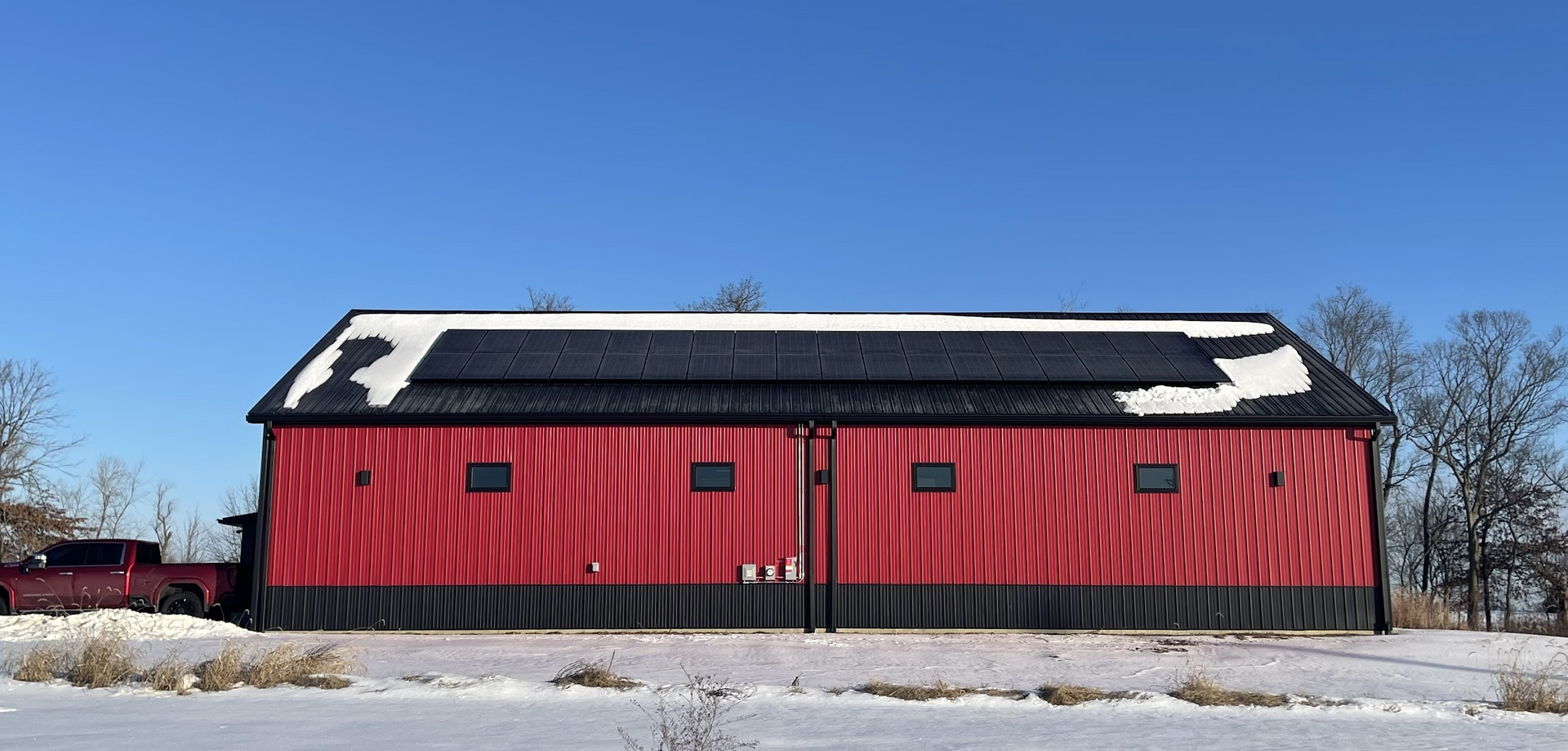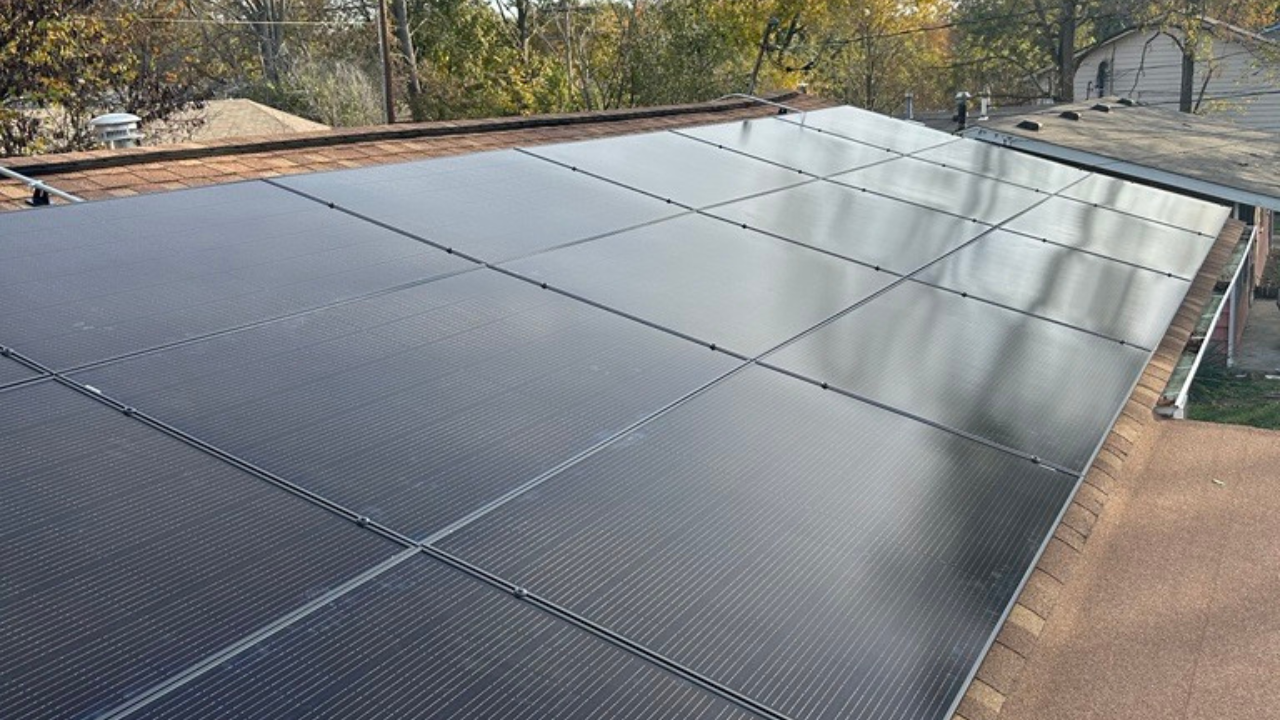The Complete Roofing Fall & Winter Maintenance Checklist
As the leaves change, the focus of every smart homeowner should shift to protecting their greatest asset: their roof. Fall is the crucial season for roof maintenance—it’s your last chance to secure your home before the harsh cycle of freezing, thawing, and winter storms begins.
A proactive approach now can prevent minor issues from becoming major, costly roof leaks or structural damage when the snow starts to fly. Here is your essential checklist from SunSent Roofing, featuring the key steps to ensure your roofing system is winter-ready.
1. The Fall Roof Maintenance & Inspection Checklist
A comprehensive fall inspection, whether DIY from the ground or by a professional roofing contractor, is vital for property protection. Don’t wait until you see water damage indoors.
- Inspect Shingles for Damage: Look for missing shingles, cracked, curled, or buckling sections. Damaged asphalt shingles are a direct entry point for moisture. Check for excess shingle granules in your gutters, a sign that your shingles are nearing the end of their lifespan and losing their protective coating.
- Check Flashing and Sealants: Examine the metal flashing around vulnerable areas like the chimney, vents, and skylights. This is the roof repair first line of defense against leaks. Look for bent, loose, or corroded metal and cracked or dried-out sealant.
- Remove Debris: Clear any accumulated leaves, twigs, and other debris from the roof surface, especially in valleys and near the chimney. This organic material traps moisture, which can accelerate the deterioration of your roofing materials and lead to rot or mold.
2. The Critical Importance of Cleaning Gutters and Downspouts
Clogged gutters are the number one cause of water-related roofing damage in winter. They can easily lead to foundation issues, fascia rot, and, most importantly, ice dam formation.
- Clear All Debris: Safely remove all leaves, dirt, and blockages from your gutters. Ensure the water has a clear, unobstructed path.
- Flush the Downspouts: Use a garden hose to flush out the downspouts and ensure they are draining freely. If water pools or backs up, you may need a plumber's snake to clear a tough clog.
- Prevent Water Damage: Clear gutters direct snowmelt and rain away from your home’s roof deck and foundation. Clogs cause water to back up under your shingles, leading to leaks, or to freeze along the edge, creating a dangerous and damaging ice dam.
3. Tree Trimming for Roof Safety: Mitigating Storm Damage
Overhanging or proximate tree branches pose a severe risk to your roof, especially during winter storms, high winds, or heavy ice. Proactive tree trimming is essential storm damage prevention.
- Eliminate Contact Points: Trim all branches that are touching or scraping the roof surface. Constant rubbing can wear away protective shingle granules, exposing the underlayment and leading to premature failure.
- Remove Overhanging Threats: Cut back any large, dead, or weak limbs that hang directly over your roof. High winds and ice accumulation can easily cause these branches to snap and puncture the roof, leading to immediate, expensive emergency roof repair.
- Maintain a Safe Clearance: A general rule is to keep branches at least six feet back from your roof to minimize the risk of damage during a storm.
4. Preparing Your Attic for Winter: Ventilation and Insulation
A healthy roof isn't just about the outside; it's about the entire roofing system, including your attic. Proper attic ventilation and insulation are key to maintaining a consistent temperature and preventing winter moisture issues.
- Prevent Ice Dams: The primary cause of an ice dam is a warm attic melting snow on the upper roof, which then refreezes at the cold eaves. Proper insulation stops heat loss from your living space into the attic, and effective ventilation allows cool outdoor air to circulate, keeping the entire attic space cold and preventing this melt/freeze cycle.
- Manage Moisture: Warm, moist air from your home can rise into a poorly sealed attic. When it hits the cold roof decking, it condenses, leading to attic mold, mildew, and eventual wood rot of the roof structure. Ensure all vents are clear and unobstructed by insulation.
- Check Insulation Levels: Verify that you have adequate insulation (often R-38 or higher). This keeps your home warmer and dramatically reduces heat loss, saving on your heating energy bills while protecting your roof.
Roofing FAQ's
Q: What is the most important thing to check on my roof before winter?
A: The most critical step is cleaning out your gutters and inspecting for damaged shingles and compromised flashing. Clogged gutters and leaky flashing are the most common culprits for winter water damage and the formation of destructive ice dams.
Q: What is an ice dam and how can I prevent one?
A: An ice dam is a ridge of ice that forms at the edge of the roof, preventing melting snow (snowmelt) from draining properly. This water then backs up under your roofing materials, causing a leak. The best prevention is a combination of proper attic insulation to stop heat from escaping and good attic ventilation to keep the roof deck cold.
Q: Should I hire a professional for my fall roof inspection?
A: While homeowners can and should perform a visual inspection from the ground, we strongly recommend a professional roofing contractor like SunSent Roofing perform a full inspection. They have the expertise to safely spot subtle issues like loose nail pops, deteriorated roof decking, or minor roof leaks that a homeowner might miss.
Q: I found moss on my roof. Is this a serious problem?
A: Yes, moss and algae trap moisture against your roofing system, which can degrade shingles and lead to rot. Fall is a great time to have the growth professionally removed and a preventative treatment applied to protect your roof investment.
Q: Does my roof warranty cover ice dam damage?
A: Many roof warranties will not cover damage caused by poor ventilation or the resulting ice dams, as these are often considered maintenance issues or construction defects. This is why addressing attic ventilation and insulation now is essential to protect your roof and your warranty.
Protect your home investment this winter. Contact SunSent Roofing today for a comprehensive, pre-winter roof and attic inspection!










